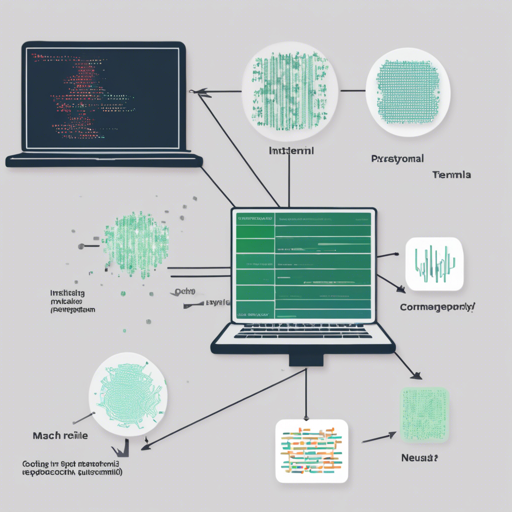Welcome to our guide on using PyTorch-Encoding, a powerful toolkit designed for semantic segmentation tasks and image classification. In this blog post, we’ll walk you through the installation and setup processes, providing tips and troubleshooting advice to ensure a seamless experience. Let’s dive right in!
Installation Instructions
To get started with PyTorch-Encoding, please follow these simple steps:
- Step 1: Make sure you have Python and PyTorch installed in your environment. You can check the official PyTorch website for installation instructions.
- Step 2: Clone the repository from GitHub by running the command below in your terminal:
git clone https://github.com/zhanghang1989/PyTorch-Encoding.gitcd PyTorch-Encoding
pip install -e .Usage Guide
Once you have successfully installed PyTorch-Encoding, it’s time to make use of its capabilities for segmentation and classification tasks.
Image Classification Models
You can find a variety of pre-trained models available for image classification. Refer to the model zoo documentation here.
Semantic Segmentation Models
Similarly, for semantic segmentation models, please visit the respective link here. These models can help you segment different objects in an image, perfect for tasks requiring pinpoint accuracy.
Understanding Code with an Analogy
Imagine you’re assembling a complex jigsaw puzzle. Each piece represents a different function or module in the PyTorch-Encoding library. Just like finding the right piece can unlock the image you’re trying to create, using the available models or functions in this library can help you achieve the desired outcome in data segmentation and classification.
The puzzle’s edge pieces (the foundational code bits) align to create a border, while each section connects perfectly to unveil a larger picture (the final output of your model). The more experience you gather with the pieces, the faster and more efficiently you can complete the puzzle (improving your AI model’s performance).
Troubleshooting
If you encounter issues during the installation or usage, here are a few troubleshooting tips:
- Dependency Issues: Ensure all required libraries are correctly installed. Double-check for version compatibility with PyTorch.
- Import Errors: This often indicates that the library was not installed correctly. Try reinstalling the library using the installation steps provided above.
- Model Performance: If your models are not performing as expected, consider experimenting with different parameters or reviewing your data preprocessing steps.
For more insights, updates, or to collaborate on AI development projects, stay connected with fxis.ai.
Conclusion
At fxis.ai, we believe that such advancements are crucial for the future of AI, as they enable more comprehensive and effective solutions. Our team is continually exploring new methodologies to push the envelope in artificial intelligence, ensuring that our clients benefit from the latest technological innovations.

